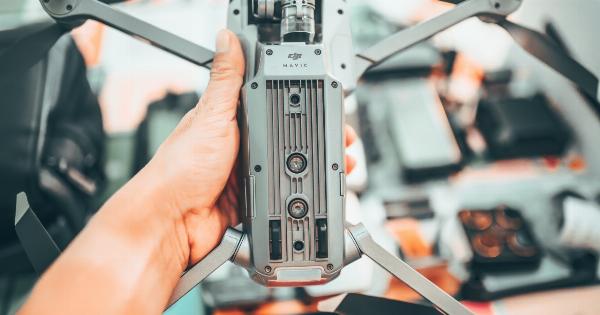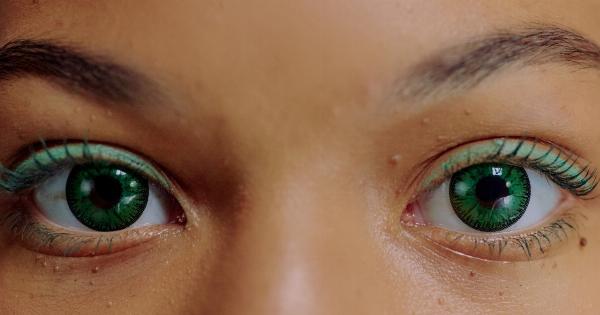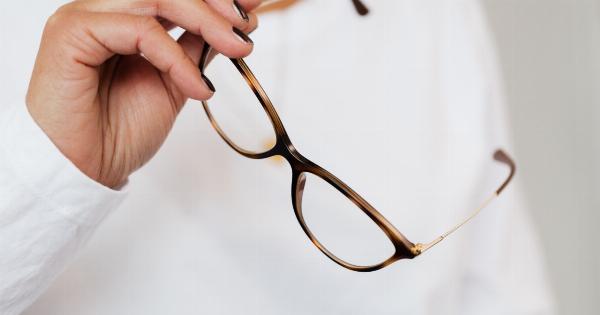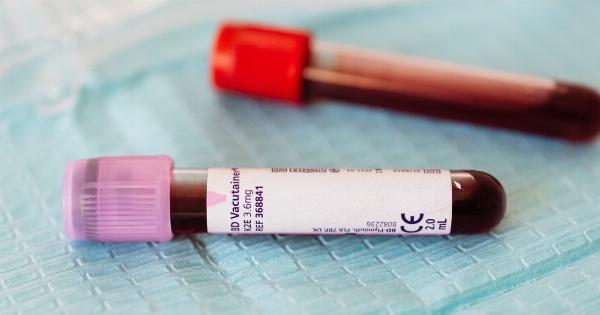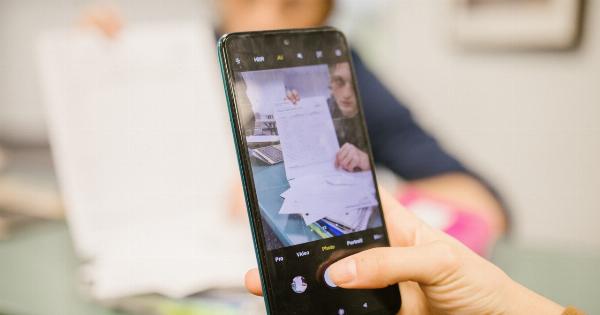Glaucoma is a chronic eye condition that affects millions of people worldwide.
It is often referred to as the “silent thief of sight” because it progresses slowly and is usually asymptomatic until significant damage to the optic nerve has occurred. However, advancements in optometry have led to the development of innovative contact lenses that can aid in the early diagnosis and treatment of glaucoma.
These contact lenses provide a non-invasive and convenient way to monitor and manage this debilitating eye disease.
Understanding Glaucoma
Glaucoma is a group of eye conditions characterized by increased intraocular pressure (IOP), which damages the optic nerve. The optic nerve is responsible for transmitting visual information from the eye to the brain.
When the optic nerve is damaged, it can lead to irreversible vision loss and blindness. There are different types of glaucoma, including primary open-angle glaucoma (POAG), angle-closure glaucoma, and normal-tension glaucoma. POAG is the most common type and often goes unnoticed until significant vision loss has occurred.
The Importance of Early Diagnosis
Early diagnosis is crucial in managing glaucoma and preventing vision loss. Unfortunately, traditional diagnostic methods such as tonometry, visual field testing, and ophthalmoscopy can be time-consuming and require specialized equipment.
Additionally, the limitations of these methods can lead to delayed detection and treatment initiation.
This is where innovative contact lenses for glaucoma diagnosis and treatment come into play. These contact lenses offer a convenient, non-invasive, and continuous monitoring solution that allows for early detection and proactive management of glaucoma.
1. Intraocular Pressure Monitoring
One of the key features of these innovative contact lenses is their ability to measure intraocular pressure (IOP). Elevated IOP is a major risk factor for glaucoma development and progression.
By embedding tiny sensors within the contact lens material, these lenses can continuously monitor IOP throughout the day, providing valuable data to both the patient and the optometrist.
Patients can wear these contact lenses just like regular corrective lenses, and the sensors will wirelessly transmit the IOP measurements to a smartphone or other monitoring device.
This enables the patient to track their IOP levels in real-time and get alerts if the pressure exceeds a certain threshold. It also allows the optometrist to monitor the patient’s IOP remotely and make timely treatment adjustments.
2. Drug Delivery
Another innovative feature of these contact lenses is their ability to deliver glaucoma medications directly to the eye. Traditional glaucoma treatment involves the administration of eye drops multiple times a day.
However, adherence to eye drop regimens can be challenging for many patients, leading to suboptimal treatment outcomes.
These contact lenses are equipped with micro-reservoirs that can hold small amounts of glaucoma medications. The lenses slowly release the medications over time, ensuring a continuous and controlled drug delivery to the eyes.
This eliminates the need for frequent eye drop administration and improves medication adherence, leading to better treatment outcomes and disease management.
3. Remote Monitoring and Telemedicine
In addition to intraocular pressure monitoring and drug delivery, these innovative contact lenses can also enable remote monitoring and telemedicine.
Through the integration of smartphone apps and cloud-based platforms, patients can share their IOP data and other relevant measurements with their healthcare providers.
Optometrists can remotely access the patient’s data, analyze trends, and make informed decisions regarding treatment adjustments and follow-up appointments.
This is especially beneficial for patients who live in remote areas or have limited access to specialized glaucoma care. Telemedicine also offers convenience and reduces the need for frequent in-person clinic visits, making healthcare more accessible to a larger population.
4. Enhanced Patient Compliance and Quality of Life
By combining IOP monitoring, drug delivery, and remote monitoring, these contact lenses significantly enhance patient compliance and quality of life.
The continuous monitoring and alerts ensure that patients are aware of their IOP levels and can take appropriate action if needed. The controlled drug delivery eliminates the hassles of frequent eye drop administration and improves medication adherence.
Furthermore, the convenience of remote monitoring and telemedicine reduces the burden of frequent clinic visits, saving time and resources for both the patients and healthcare providers.
Overall, these innovative contact lenses empower patients by giving them greater control over their glaucoma management while improving treatment outcomes and quality of life.
Conclusion
Innovative contact lenses for glaucoma diagnosis and treatment have revolutionized the way this chronic eye condition is managed.
With features such as intraocular pressure monitoring, drug delivery, and remote monitoring, these contact lenses provide a comprehensive and patient-centered approach to glaucoma care.
Early diagnosis and proactive management are key to preserving vision and preventing irreversible damage caused by glaucoma. These contact lenses offer a non-invasive and convenient solution that empowers patients to take control of their eye health.
With ongoing advancements in optometry, we can expect further improvements in glaucoma diagnosis and treatment, bringing us closer to a future where vision loss from this silent thief of sight can be prevented.








